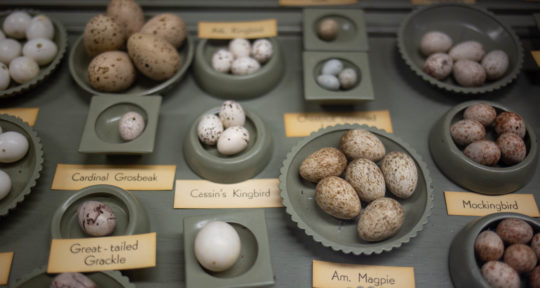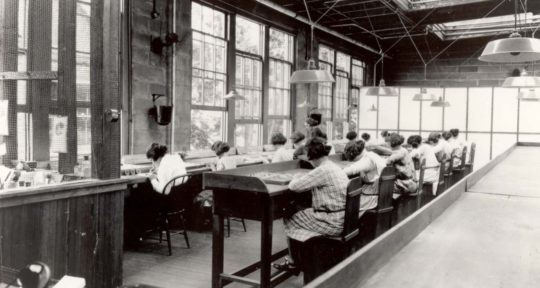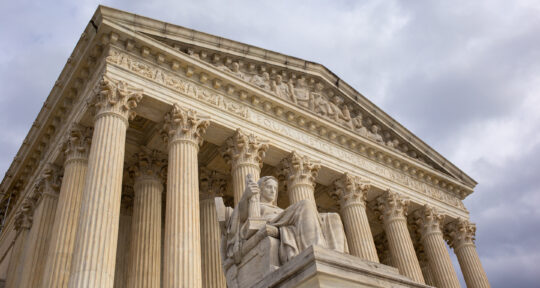On February 1, 2013, 24-year-old Katie Boué and her then-partner eagerly climbed into the front seat of their canary-yellow 2005 Dodge Sprinter van dubbed the Craggin’ Wagon. After nearly 18 months in the making, Boué’s dream of life on the road was becoming a reality.
But she didn’t know yet just how much the trip would come to change the trajectory of her entire life.
The duo rolled out of Tallahassee, Florida with the Big Bird-esque Sprinter’s wheels pointed due west toward a lunch stop in New Orleans. Boué felt dancing butterflies tickling her stomach as she contemplated her future. To be sure, the Craggin’ Wagon was a life upgrade. After spending the past month living in her rock climbing gym’s storage room in an effort to save money while renovating the Sprinter, the relative space of a 17-foot-long van felt luxurious. But more than anything, she was relieved. Her year of adventure had begun.
The goal was simple: spend one year traipsing about the United States, exploring the nation’s finest climbing crags. An avid rock climber, Boué couldn’t wait to explore the granite-like rock of Hueco Tank, Texas; navigate the countless bouldering problems in Joshua Tree, California; feel the grit of the sandstone beneath her crimped fingers in Red River Gorge, Kentucky. It was meant to be a year set aside purely for climbing—but vanlife had other lessons in mind.
Finding your purpose
Those 12 months passed in a blur. Boué and her partner spent their evenings holed up inside the Craggin’ Wagon, enjoying the scenery of backwoods BLM campsites but routinely accepting WalMart parking lots instead. As a freelance writer and social media strategist, Boué could work from anywhere with cell service. Sometimes, this meant jaw-droppingly beautiful mountain passes—but it also amounted to trafficked parking lots in urban areas. She took the good with the bad, but squirrelled away tidbits of knowledge for future use. At the end of 2013, Boué knew one thing: A conventional lifestyle was not an absolute.
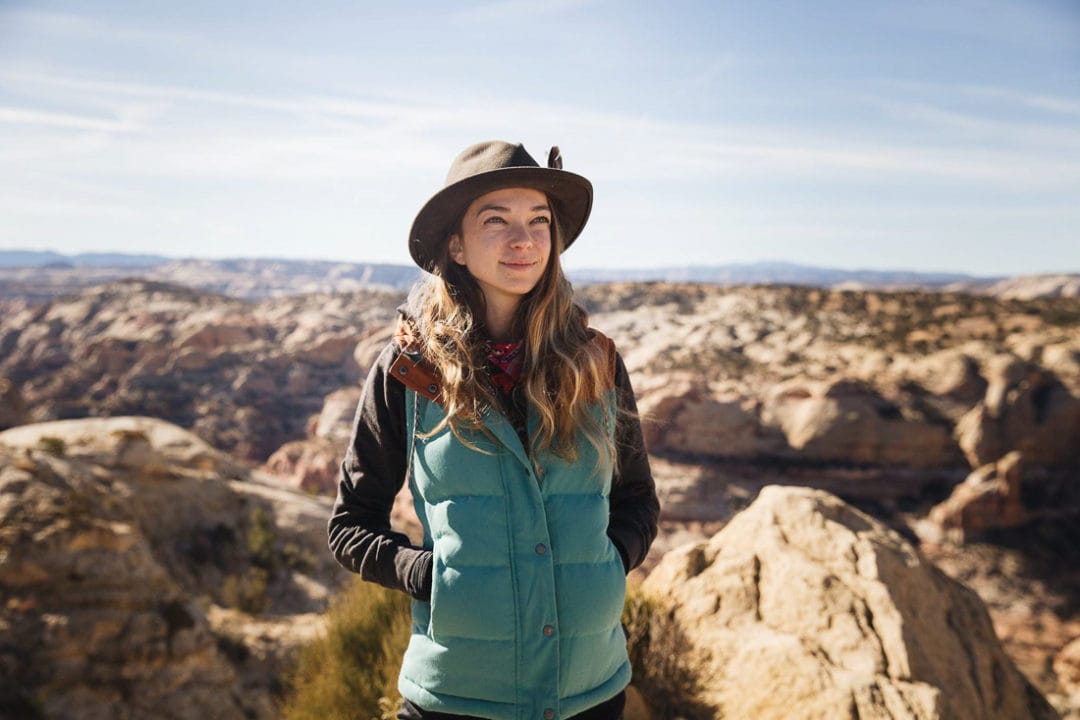
“You don’t need a traditional 9-5 job anymore,” Boué says. “You can live in a van and change the world.”
But Boué had yet to find her professional niche, although her climbing road trip implanted a kernel of ideation in her mind. While exploring the various rock climbing communities around the country, she couldn’t help but learn about public lands. On the whole, climbers routinely interact with land management agencies. Land stewardship is a hot topic and ethics like Leave No Trace are commonplace at some climbing crags. During her 365 days in the big yellow van, Boué encountered a multitude of public lands issues.
“You don’t need a traditional 9-5 job anymore. You can live in a van and change the world.”
Katie Boué
She was also young. Boué quickly realized her knack for social media but looked at her road trip experience as an influencer opportunity above all else.
“It was all very me, me, me,” she sheepishly admits. “I knew that I loved being part of the outdoor community but I didn’t have a higher purpose beyond myself just yet. I wanted followers but didn’t know that I could do bigger and better things with social media.”
Stability and a fresh start
Her year on the road ended and so did her relationship. Eager for stability and regular paychecks, she sold the Craggin’ Wagon, packed her bags, and moved to Denver. With fresh eyes and a horizon full of mountains and possibility, she snagged a career-changing job as the Community and Social Marketing Manager for the Outdoor Industry Association (OIA). It was an in-house position so she endured the daily commute from Denver to Boulder, battling rush-hour traffic with mind-engaging podcasts and audiobooks.
Congestion aside, this two-year experience opened Boué’s eyes to the power of social media. During her tenure, she learned more about outdoor advocacy and honed her social media skills in an effort to highlight public lands issues around the country. Her mindset evolved; it was no longer about her. Instead, it was about the environment. She strategized on campaigns; she cultivated and engaged with communities; she used social media to connect the outdoor industry.
But she also sat at a desk. And after her year in the Craggin’ Wagon, Boué itched for an unconventional lifestyle once more. That’s when it hit her as hard as a big yellow van crashing into a wall: she could combine her skill sets, keep her job, and live on the road—all while enhancing her offerings for OIA. Thus, the 2016 OIA Roadshow came to fruition.
“The digital space can only get so far. To really see the world, you have to get out there and view it with your eyes,” Boué says.
All the way to the top
Once again, she purged. She terminated her lease and sold her belongings, keeping only what would fit into the back of her OIA-rented Nissan NV200 compact cargo van. Her mission was clear: She would be the in-person face for OIA’s partners. She hosted meetings on the trail and visited various headquarters around the country to learn more about the issues facing the outdoor industry and the brands within it. It was a dream job. And then it got better.
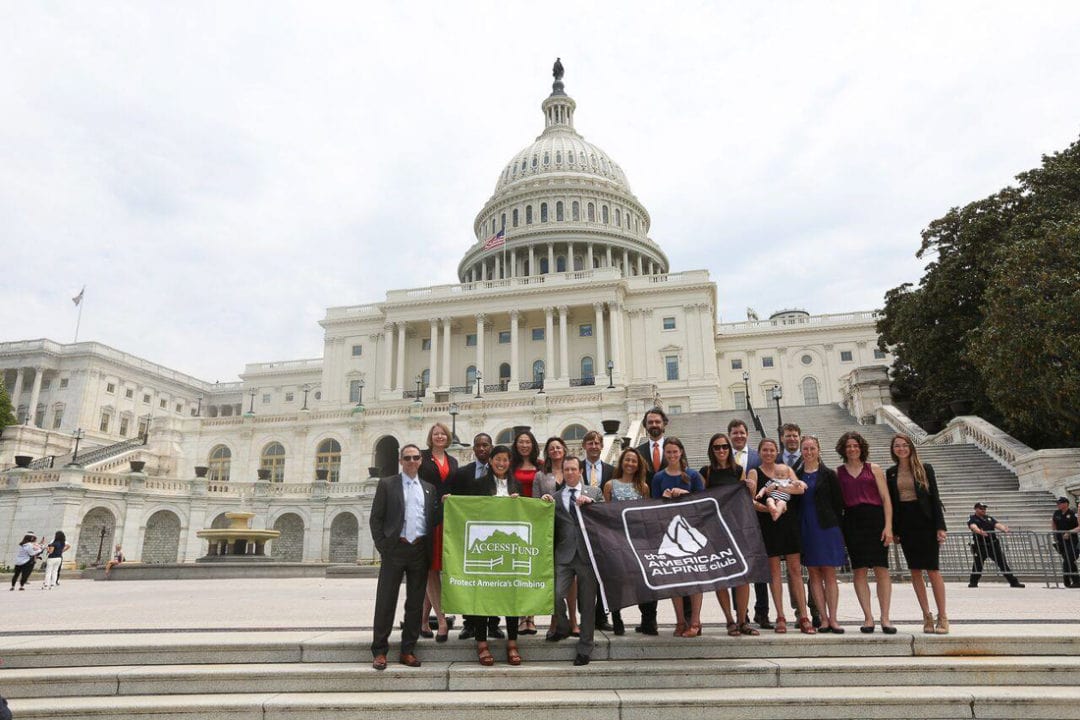
A few weeks into the OIA Roadshow, Boué got a call from her boss telling her that President Obama would be speaking on the outdoor industry at Yosemite National Park. Could Boué be there as boots on the ground?
Quite literally, it was the chance of a lifetime. President Obama used his visit to recognize the financial contributions of the outdoor industry to the national economy, specifically citing data from OIA-created reports. It was a rare instance of an American president legitimizing the outdoor industry, especially pertaining to fiscal responsibilities.
Boué capitalized on the opportunity. She created a campaign recognized on social media with the hashtag #ElPrezAtElCap (representing the president at El Capitan, the famous rock formation in Yosemite National Park). This campaign reached an astounding 4.6 million social media users and culminated with a takeover of the White House’s Instagram account. The feed highlighted various professional climbers from The North Face and Adidas. But then, the takeover also featured Boué. A photo of her climbing in Joshua Tree National Park garnered over 14,000 likes and countless comments, many supporting her statement about protecting public lands. This was the aha moment she had been waiting for.
“Here I am, living in a van by myself while trying to figure out the meaning of life and I end up on the White House’s Instagram account,” Boué says. “You can use social media to get to the freaking White House. It changed everything.”
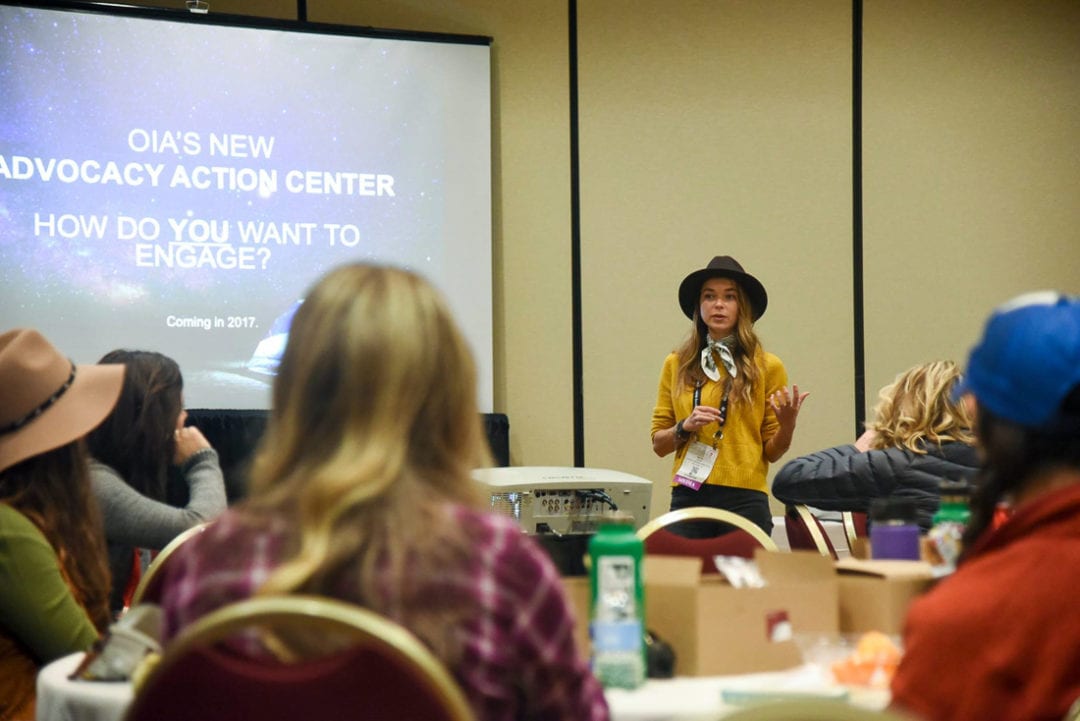
Social media as a tool for advocacy
The #ElPrezAtElCap experience helped Boué hone in on her life’s calling. Her OIA Roadshow ended in September and once again, she craved stability and a regular roof over her head. She had fallen in love with Salt Lake City while touring the American West, so she returned her rented Nissan and gathered her meager belongings. She found herself a new home in a small apartment. She also quit her in-house job with OIA, opting instead to continue her work with them as a part-time freelance social media manager. It was as good a time as any: She dedicated her life to outdoor advocacy via social media consultancy.
Social media is still the new kid on the block. Twitter launched in 2006 and Instagram in 2010, so both platforms are spring chickens when compared to time-honored media sources like magazines and newspapers. The millennial generation was the first to latch onto social media, but as a result, many in the older generations still view tweets and social posts as gimmicks for teenagers rather than a trusted source of information—let alone a significant means of enacting change. Because of this, Boué is constantly paving her own path.
“It’s hard to measure the impact of a social moment, and even harder to convince old school marketers to take it seriously,” she says. “Thankfully, in the last year or so, the analytics tools have really stepped up and it’s getting more tangible. Social media is powerful, but some folks are still trickling in to get on the bandwagon.”
Enacting real change
The road gets bumpier when combined with outdoor advocacy. In recent years, Boué’s work significantly increased as the outdoor industry bristled at the policies of the current administration. In 2016, just before leaving office, President Obama used the Antiquities Act to designate Utah’s Bears Ears as a national monument. The Republican outcry was vehement with many declaring government overreach. Once he took office in 2017, President Trump issued the largest rollback of federal land protections in our country’s history by reducing the size of Bears Ears National Monument by 85 percent and the nearby Grand Staircase-Escalante National Monument by 50 percent. The outdoor industry feared this rollback would open up these pristine places to oil and gas companies, marring the land for future generations.
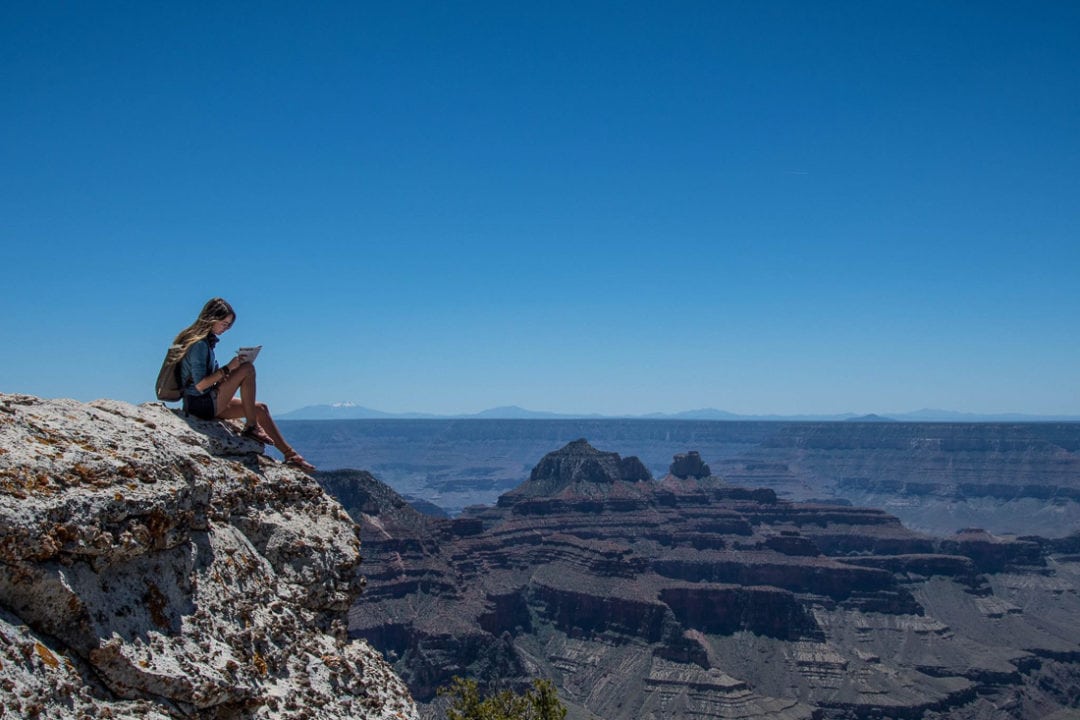
This is exactly the type of situation where Boué steps in and works her magic. Her preferred personal platform is Instagram, where she has amassed more than 35,000 followers who look to her for information regarding outdoor advocacy. When Bears Ears was under scrutiny, she called to her followers for help. She created detailed infographics with contact information for key politicians, and even provided talking point templates for those who were nervous to make the calls.
For the 2018 midterm elections, she encouraged her followers to vote (ideally for politicians who support public lands) by donating $1 (up to $100) for every person who sent her a photo of him or her voting. Then, her mom matched the money, upping the potential donation from $100 to $200. By the end of Election Day, Boué gathered $1200 in a community-sourced pot of money, all stemming from citizens exercising the right to vote. She created a social media poll to determine where the money should go, and it ended up being donated to do-good organizations like Outdoor Afro, Indigenous Women Hike, North Valley Animal Disaster Relief, The Nature Conservancy, and Save the Boundary Waters.
Of course, Boué earns money too and is frequently hired by organizations and brands to implement outdoor-based campaign strategies and on-the-ground execution of social plans. But it is her creativity and ability to gain the attention of the younger generation and involve them in the political process that sets her apart.
“Everyone has social media,” Boué says. “Now we need to focus on implementing these tools for good in the world.”
And, if all else fails, she knows the secret to a mental reset: hop in the car and just drive.
In honor of International Women’s Day, Roadtrippers Magazine is celebrating women all week. Check back tomorrow for more stories.

